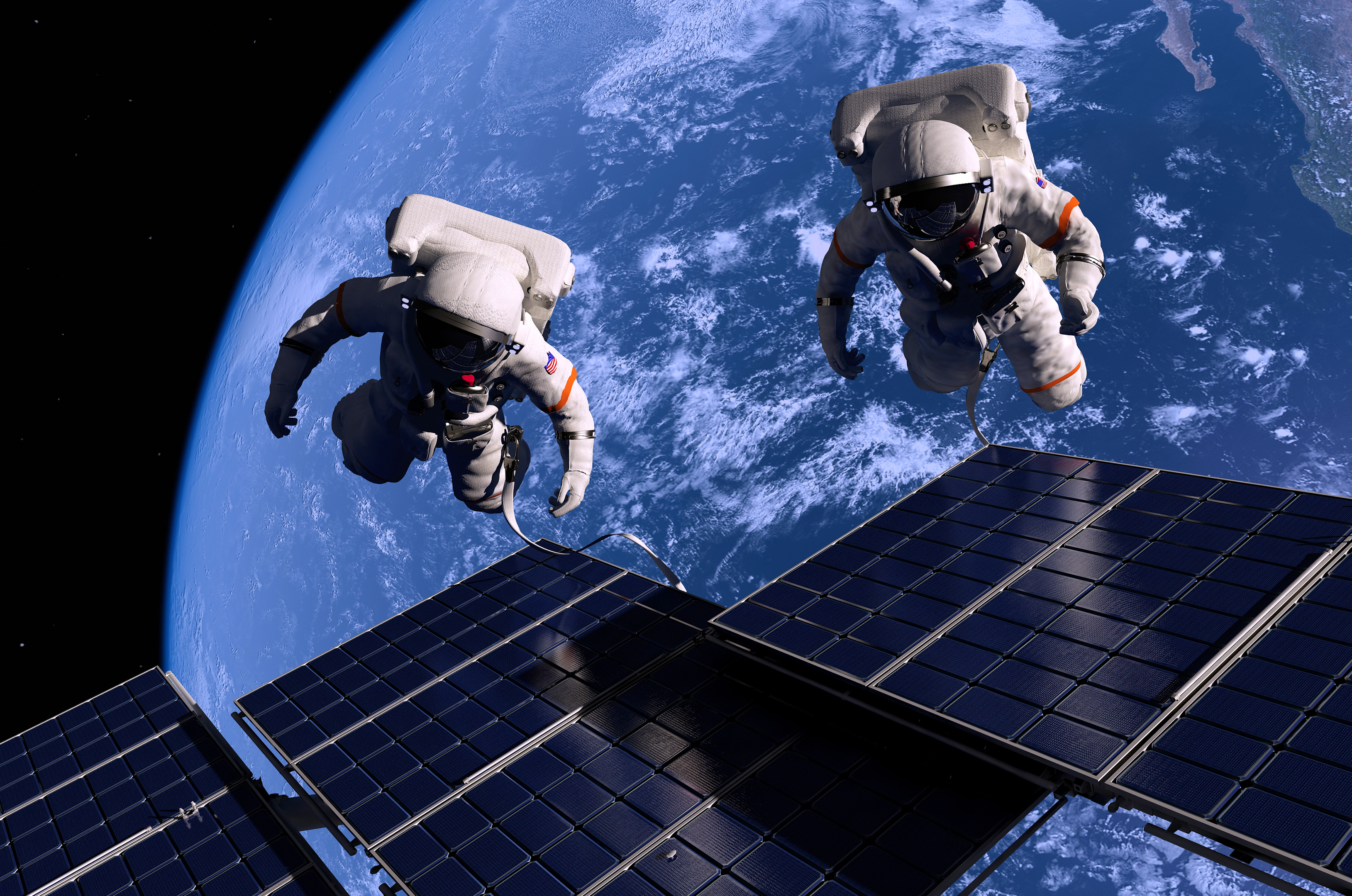
IT’S the great mystery of space travel — why does it leave our astronauts’ eyesight so badly damaged?
Each and every man or woman who is sent into space has perfect eyesight before being allowed to travel there.
However, tests a few years back suggested that their vision was often impaired, sometimes severely, by the time they got back to planet Earth.
We may know how to get humans onto the moon and elsewhere out there, but it seems we are still no closer to working out why space travel can damage your vision.
In 2005, halfway through a mission on the International Space Station, astronaut John Phillips recalls looking out of the window at Earth and noticing something odd.
When he had peered out at his home planet many times before, it had been as clear as day, but now Earth seemed a bit blurry, and he really struggled, forcing himself just to focus on it.
Shrugging it off as a passing problem and nothing permanent, he didn’t even bother letting Ground Control know his problem.
Unfortunately, when he finally got back to Earth and his vision was still this way, he had tests done, which showed his eyesight had degraded from 20/20 to 20/100.
Put through lots of tests, including MRIs, retinal scans and even spinal tap, doctors found that his vision hadn’t just deteriorated — his eyes had actually changed, with the optic nerves inflamed, the back of the eyes fatter, and folds like stretch marks at the eyeballs.
Half a year on, his vision had improved a bit, to 20/50, but 11 years later, today, it is still stuck there, not nearly as good as it had been before he set off for space.
He would need to wear spectacles now, to pass his driving test, and wouldn’t be allowed to go into space with vision like his.
It’s thought that at least 80% of astronauts have this major problem, which is now known as VIIP, Visual Impairment Intracranial Pressure Syndrome.
Back down here on Earth, bodily fluids are pulled down to our feet because of gravity, but this doesn’t occur in space, and boffins reckon this extra pressure on the brain and back of the eyes is the culprit.
It seems to make sense, but proving it beyond doubt will be hard, as it would require spinal tap or drilling a hole in the back of an astronaut’s skull, something that would be extremely tricky while up there.
Surgeons would be loathe to try it in such unusual conditions, and you can’t really blame them for not wanting to leap into the unknown with somebody’s health at stake.
The problem is, there are long-term plans to go to Mars and as much farther afield as possible, and dreams that one day we can all take space vacations and even live on other planets.
So clearly, we have to find out how to deal with this — after all, space could be the saviour of the human race, but not if it makes us all go blind.
READ MORE
Brian Cox says astronauts should be more famous than X-Factor stars

Enjoy the convenience of having The Sunday Post delivered as a digital ePaper straight to your smartphone, tablet or computer.
Subscribe for only £5.49 a month and enjoy all the benefits of the printed paper as a digital replica.
Subscribe